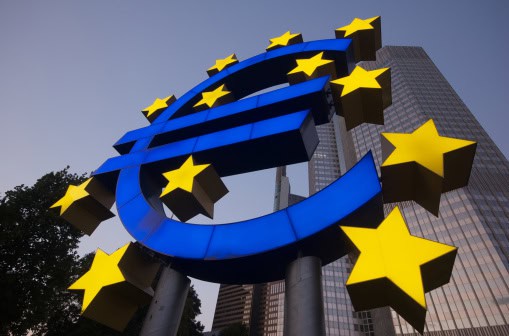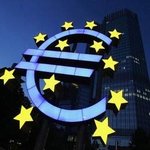The European Central Bank President, Mario Draghi, has proposed a quantitative easing (QE) program based on monthly asset purchases of 50 billion euros until December 2016, according to two euro-area central-bank officials.
As much as 1.1 trillion euros ($1.3 trillion) will be spent as part of the European Central Bank’s aim to tackle deflation in the euro area. Deflation is when prices fall – it is the opposite of inflation.
There is increasing worry that Europe is going to fall into a similar economic stagnation similar to what has Japan experienced and this QE program has been developed to prevent that from happening and give Europe’s economy a bit of a boost.

The money will be distributed on a monthly bases, as the Americans did, making the ECB’s QE style very similar to what the US Fed carried out under Bernanke.
The final decision will be made on Thursday by the 25-member Governing Council. The Council will be meeting on Wednesday in Frankfurt to discuss the plan and possibly make some last minute changes.
There will be fierce arguments within the council over whether liability for the new bond-buying plan should kept within national boundaries or spread across the region’s nineteen banks.
Riccardo Barbieri Hermitte, chief European economist at Mizuho International Plc in London told Bloomberg that the proposal “looks larger than implied by the ECB’s previous comments about the size of its balance sheet, especially if it refers to the new sovereign QE program and does not include the existing ones.”
Adding that “a lot will depend on the risk-sharing features of the program.”
The European Central Bank is the central banking system for the eurozone, consisting of 19 EU states that replaced their own currencies with the euro.

